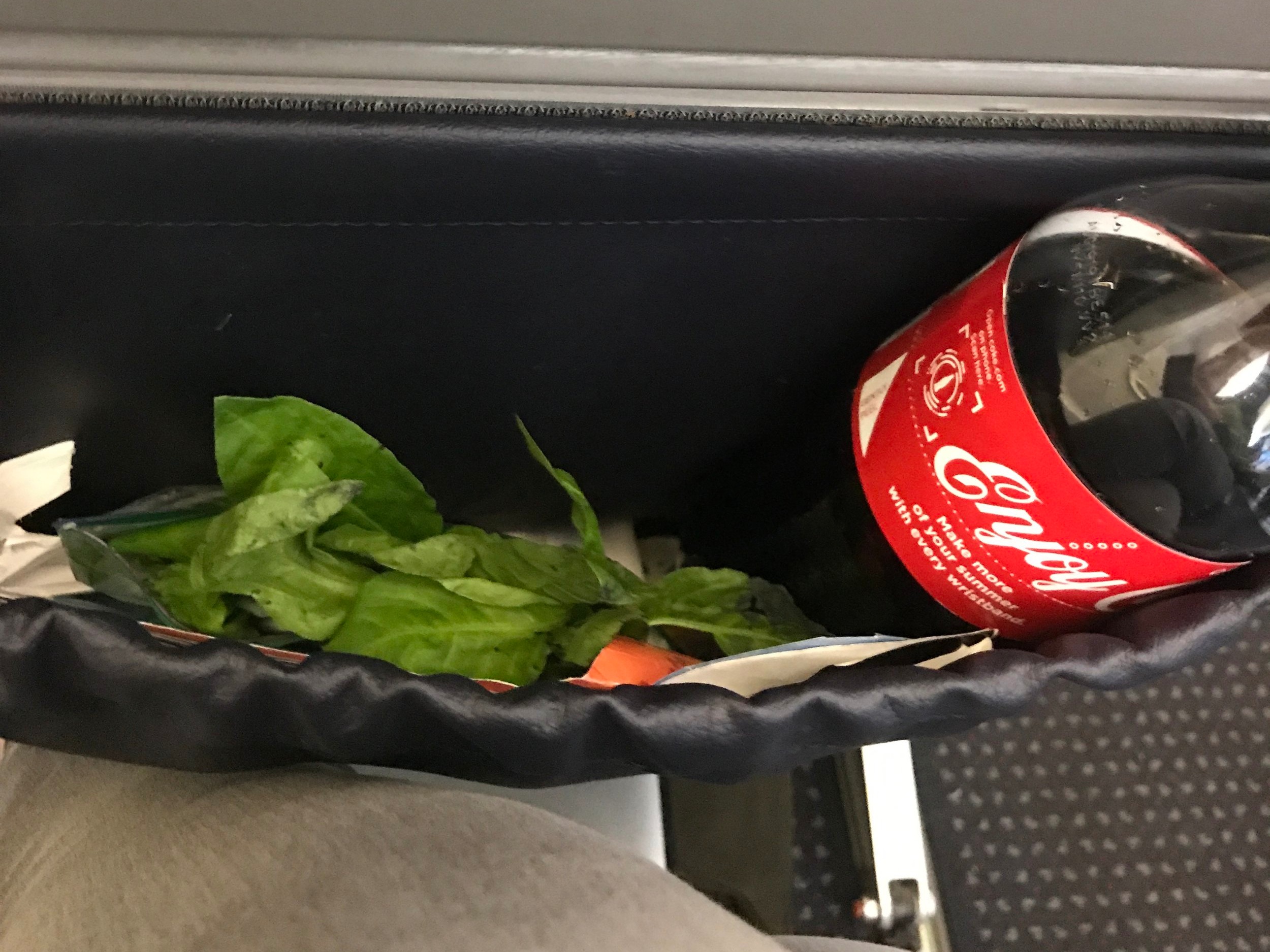I had used a combination of indigo and lac when I dyed the warp and, while I liked the purples from the lac, I felt like the blues from the indigo looked a lot like the blues that exist in old pairs of jeans (not the effect that I was aiming for). In addition, the resulting warp competed with the metallic threads in an unpleasant fashion. As a result, I put the project on the back burner until I could get some help with my indigo dyeing.
All of which leads me to the wonderful class I took with John Marshall at MAFA this summer. If you are into dyeing or Japanese textiles and you don’t know of John Marshall, you should. He trained in Japan for a number of years; his work is shown in a variety of galleries and museums; he has written several wonderful books; and, his textile collection is amazing. I can’t say enough good things about his depth knowledge and his ability to teach.
The workshop that I took with him at MAFA was called Singing the Blues. For 2.5 intensive days we covered indigo. We started with the plant; worked with the fresh leaves; covered techniques for extraction; worked with vats; discussed using soy milk to glue pigments; dipped fibers; and painted pigments. John provided wonderful samples of fabric and fiber for us to work with, and just about every tool we could want, including vials of colored pigment to use alongside the indigo. John also did a wonderful job of explaining the chemical reaction between the indigo molecule and oxygen, and how to work with the reaction in different stages to get the results that you want.
While I was in the class, I took the opportunity to over-dye my sample by dipping it into one of the vats. I was really pleased with the result. The deeper richer blue does a much better job of working with the metallic threads.















